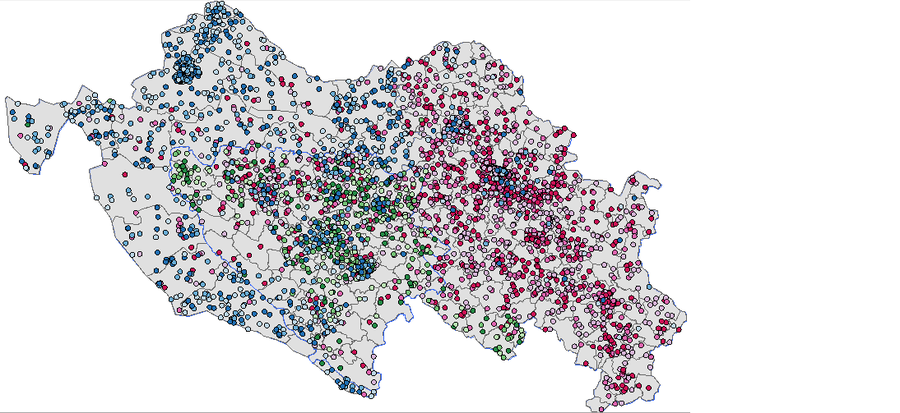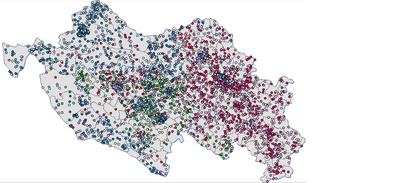Simulation of ethnic conflicts 1.0.0
In the period between 1985 and 1994 ethnic conflicts had a part for more than 50% of the total number of conflicts. Oftentimes, conflicts may arise between different ethnic groups or between one ethnic group and the state. The reasons for this are varied in ranging from social deprivation to the threat of collective identity. An essential key role is played by the political elite, which takes advantage of political and economic crises in order to mobilize certain ethnic groups. This thesis attempts to investigate such ethnic conflicts on the case of former Yugoslavia, focusing in particular on the role of the political elite. For this purpose, the approach of an agent-based simulation is been followed. The agent-based model, which is carried by ArcGIS, EmIL and Repast allows a thorough investigation of such conflicts. The main feature lies in the ability of agents to be able to develop a normative behavior, so that compex social behaviors can be simulated.

